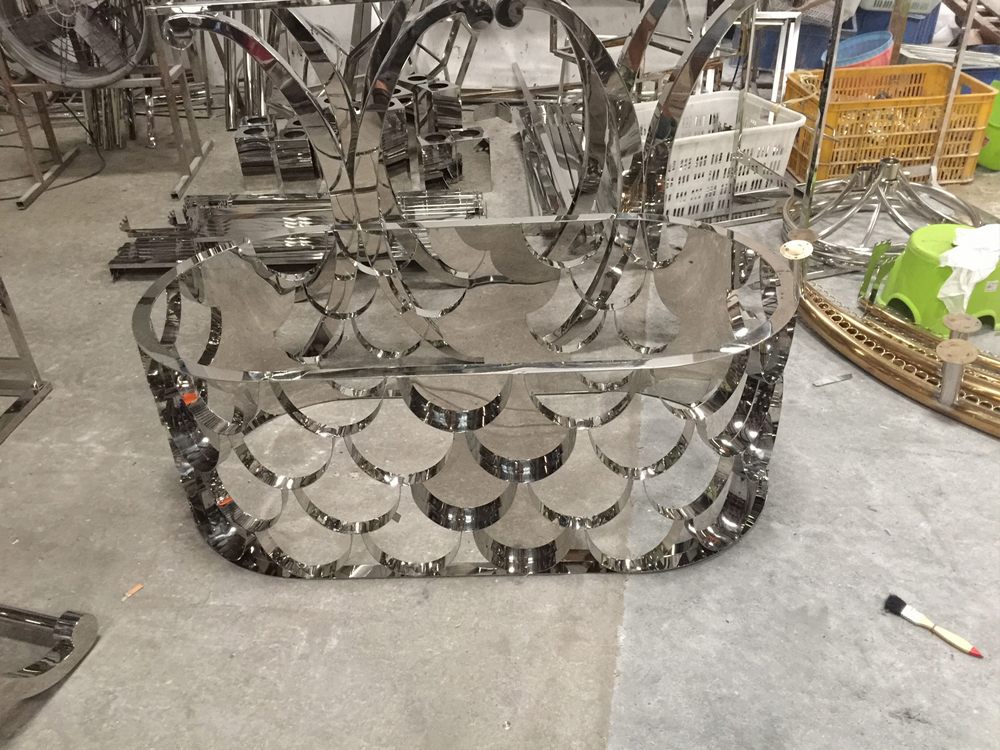
Creating a sense of scale in miniature stone sculptures is a remarkable feat that requires meticulous craftsmanship and artistic ingenuity. Artists employ several techniques to achieve this illusion, making tiny sculptures appear grand and lifelike.
One key method is the use of precise proportions. By carefully scaling down human or natural forms while maintaining accurate ratios, artists trick the eye into perceiving depth and dimension. Even the slightest deviation can disrupt the illusion, so attention to detail is paramount.
Texture and surface detailing also play a crucial role. Fine lines, wrinkles, or minute carvings mimic the way light interacts with larger objects, enhancing realism. For example, a tiny stone figure might feature delicately chiseled fabric folds or weathered surfaces to suggest age and size.
Strategic placement of elements within the composition further reinforces scale. Overlapping components or forced perspective—where parts closer to the viewer are slightly enlarged—creates depth. Some artists even incorporate miniature landscapes or contextual props to anchor the sculpture in a believable setting.
Finally, lighting and shadow manipulation amplify the effect. Directional lighting can emphasize contours, casting shadows that mimic those seen in full-scale sculptures. This interplay of light and dark adds volume, making the miniature appear far more substantial than its actual size.
Through these techniques, artists transform small stone carvings into captivating works that defy their diminutive dimensions, proving that mastery lies not in size, but in skillful execution.

